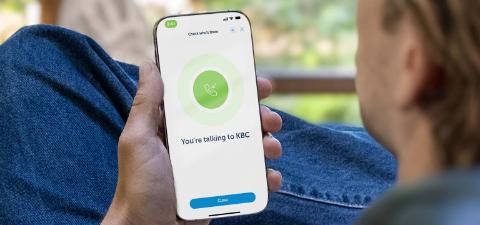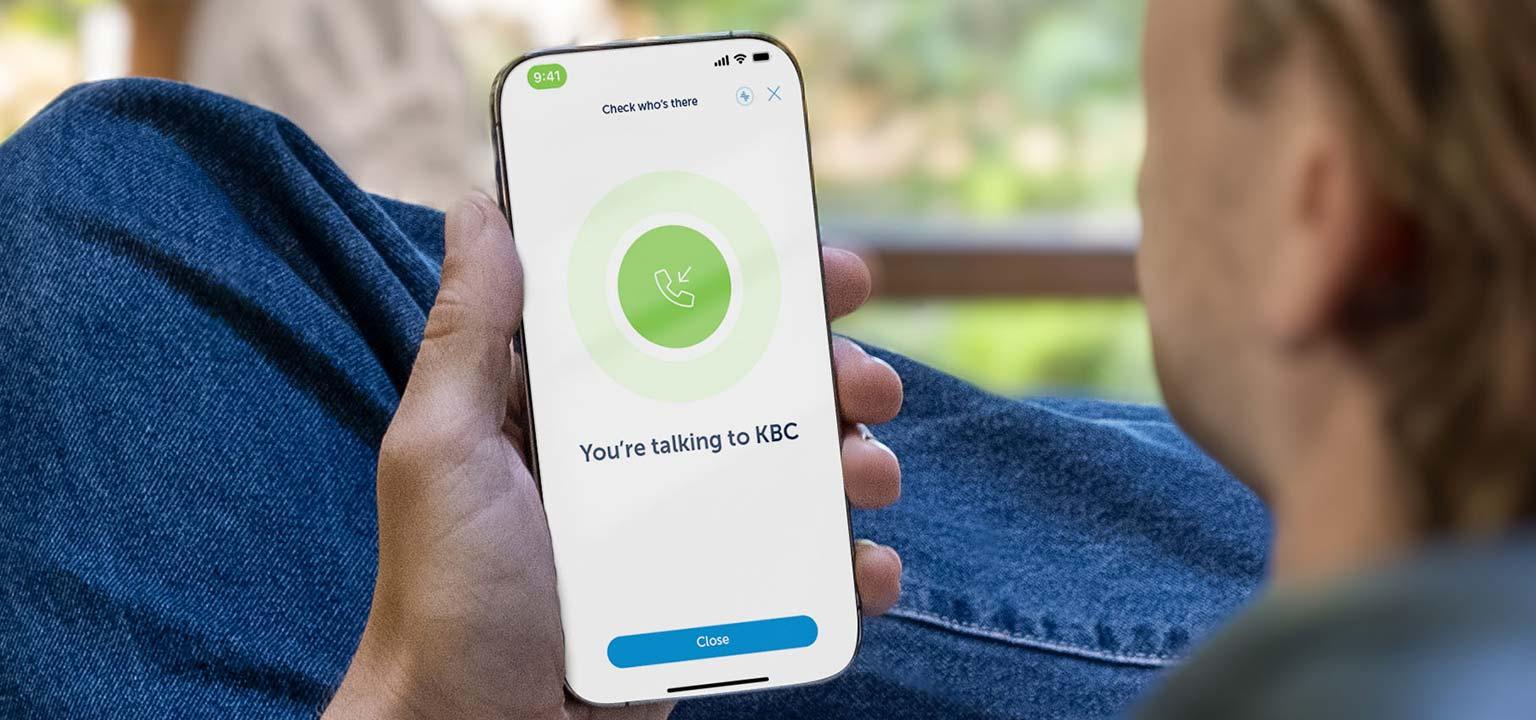If you’re talking to someone who claims to be from KBC, you can check in KBC Mobile and KBC Touch whether that’s really the case. That way you can be sure you’re really speaking to KBC. If we can’t confirm the call, you may be speaking to a scammer. You can also check who’s there if you call KBC yourself.
Check who’s there whenever you speak to a KBC staff member:
- over the phone
- via video chat
- at your doorstep
Important: We can only check phone numbers in our records.
For example, if your relationship manager calls you from a private number we don’t know about, we won’t be able to provide confirmation.



